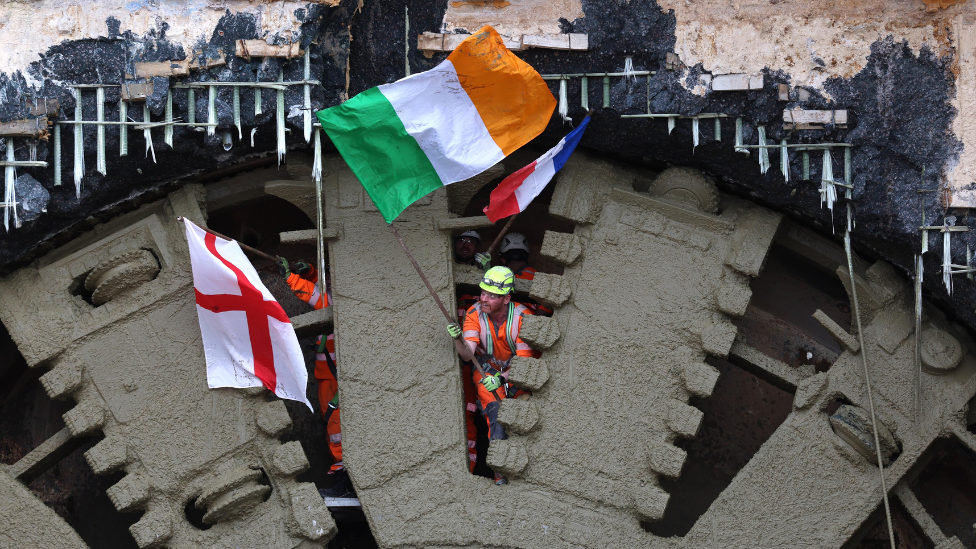Why does it cost £100m for HS2 to protect bats?
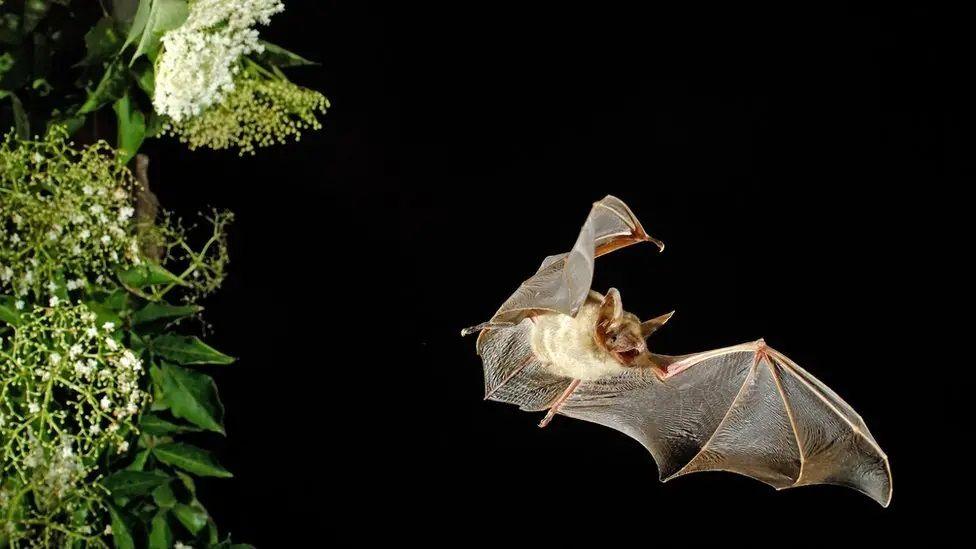
Thirteen species of bat inhabit Sheephouse Woods in Buckinghamshire, which border the high-speed rail line
- Published
The chairman of the HS2 rail line said it was spending £100m on a shield to protect bats in ancient woodland in Buckinghamshire. Sir John Thompson cited it as one example of 8,276 "consents" required from public bodies, and expressed frustration at the UK’s regulations. How did the price tag reach £100m and why do major infrastructure projects become so complicated?
Protecting 'rarest wildlife'
"We are facing a nature crisis with one in six species in the UK now facing extinction. That is why development must be sustainable,” said Oliver Harmar, chief operating officer at Natural England.
The government body is tasked with enforcing laws that protect wildlife and the environment.
Its role is not to decide whether big infrastructure projects go ahead, but to consult on the plans and ensure that damage to nature is avoided where possible, or compensated for if not.
Many species are legally protected, such as badgers, bats and great crested newts, and Natural England has to issue a licence before any work can take place that could harm them.
Natural England chairman Tony Juniper, external previously pointed out it received "a high number of inquiries" about HS2 by people keen on conservation.
"Many concerns quite understandably relate to our rarest wildlife and habitats, such as ancient woodland and bats," he said.
Some of the bats benefitting from the 1km-long shield are Bechstein’s bats, external, one of the world’s rarest bat species.
Mr Harmar said: "There is ample evidence - despite claims made to the contrary - that they [the bats] are at risk of colliding with high-speed trains."
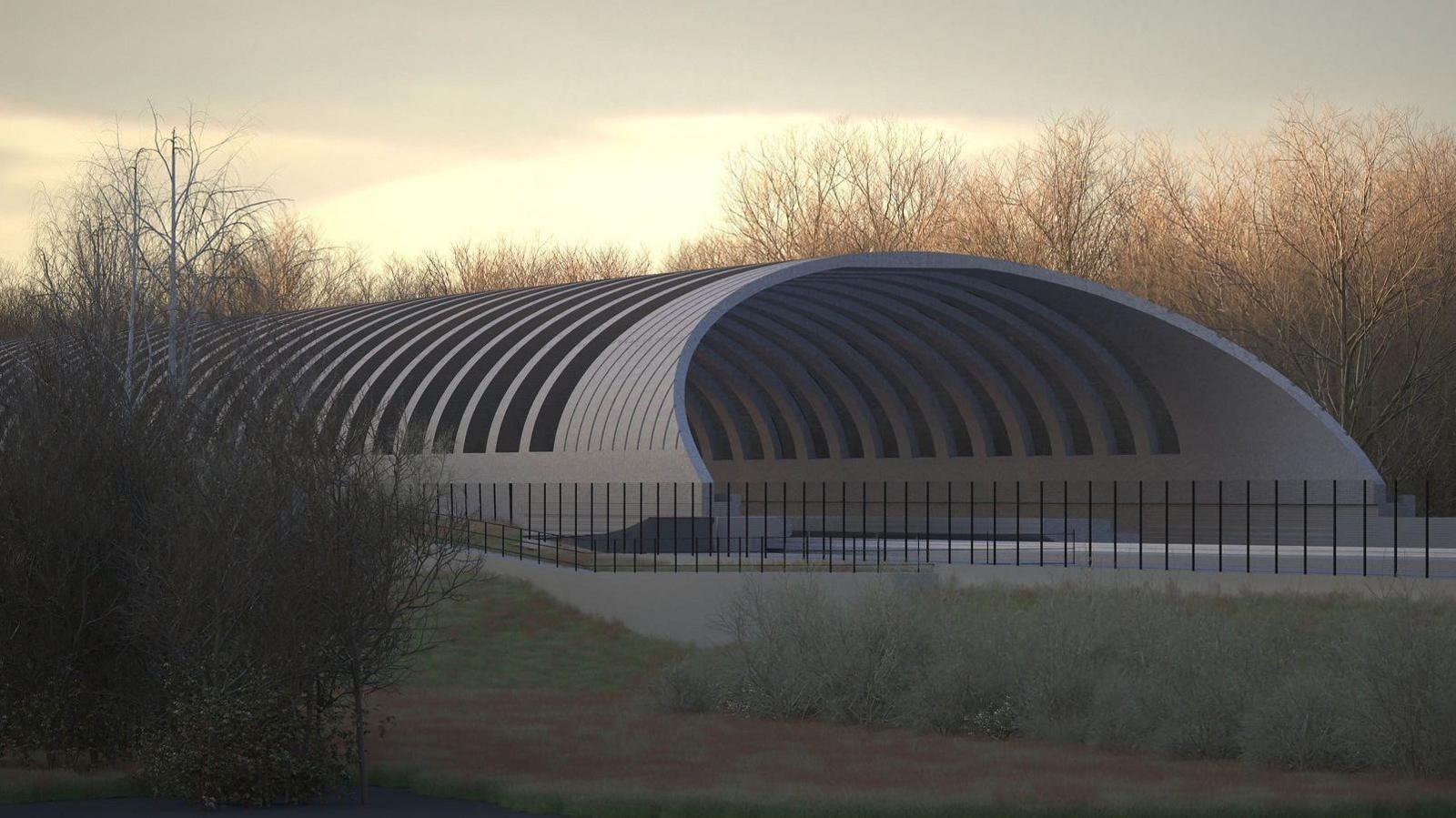
The barrier will allow bats to cross the high speed line without being disturbed (artist's impression)
'Size doubled'
Railway design engineer and author Gareth Dennis, who worked on the HS2 stretch through Calvert in Buckinghamshire, agreed.
"Eighteen trains an hour in each direction is a lot of pressure," he said.
"We must protect our biosphere - it is not a zero-sum game," he added, pointing to a recent report by the Office for National Statistics that valued UK ecosystems at £1.8tn., external
Natural England did not put forward the bat tunnel idea, but agreed that it would work when consulted.
A spokesperson for HS2 Ltd said "multiple options" had been considered, including green bridges and restoring habitats, to "comply with laws protecting vulnerable species".
It said through "extensive engagement" with Natural England, "a covered structure was designed".
"Its size has doubled over time, partly due to the need to accommodate future provision for local rail services," the spokesperson added.
Mr Dennis explained that the structure "originally cost £40m, then some wranglings with East West Rail made it a four-track structure and pushed up the cost".
East West Rail is a different project aiming to link Oxford and Cambridge by train.
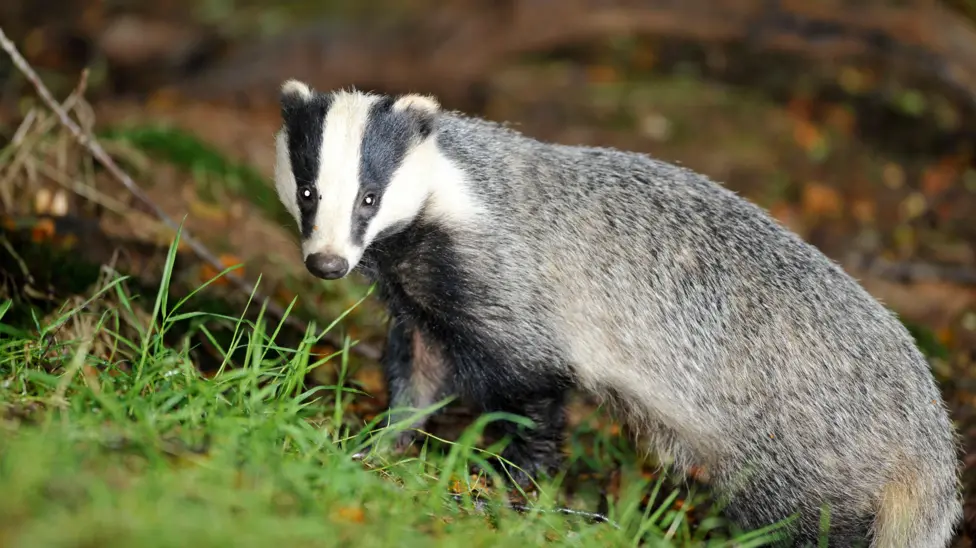
Badgers are another species that is legally protected by Natural England
Planning tussles
Natural England is not the only body giving consent to aspects of HS2’s railway.
Big infrastructure projects get a Development Consent Order (DCO) from the government, but local authorities are still granted controls over the design of buildings such as viaducts and tunnels.
Planning consent can also be required for lorry routes, storing construction materials, communication masts, fences and lighting.
HS2 Ltd said it had gone to the Planning Inspectorate to over-rule local authorities on at least 23 occasions – including when Buckinghamshire Council objected, external to the plan for the bat shield.
It also requires consents from the Environment Agency "for water management, excavation below the water table and similar things".
Gavin Pearson, editor of New Civil Engineer, said: "In recent years, achieving a DCO has been taking longer than many think it should.
"Good plans have sat waiting for years, which means things like cost projections will be out of date.
"If you multiply that same problem for planning processes at local authorities, the implications can be huge."
He said engineering projects could cope with "complex planning rules", but there was a "growing inability of planning processes to keep pace with applications".
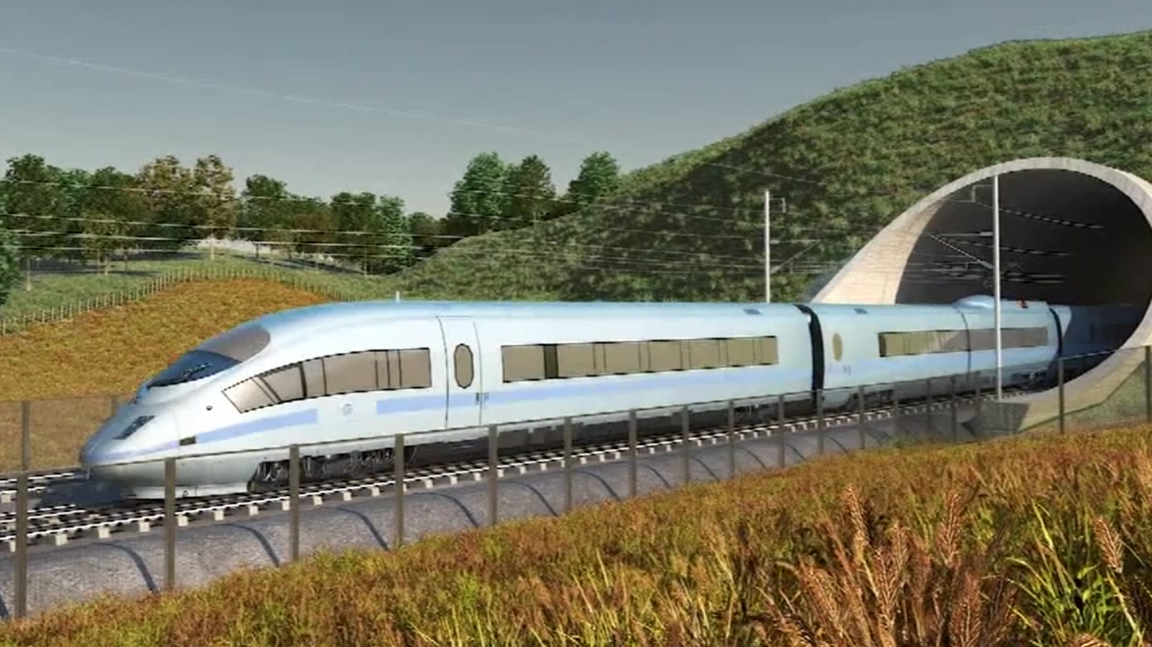
HS2 will see high speed trains running between London and Birmingham
'Ridiculous'
Sir Geoffrey Clifton-Brown, chairman of the Public Accounts Committee and Conservative MP for North Cotswolds, said it was "ridiculous" that HS2 had needed to apply for 8,276 separate consents.
"It should be a procedure whereby when the project is granted permission, these consents are automatic," he said.
The Local Government Authority, which represents local councils, declined to comment.
Peter Martin, Buckinghamshire Council’s Deputy Cabinet Member for HS2, said: "Whilst the council wishes to protect species such as Bechstein's bats, one of the country’s rarest species, it was never supportive of what seemed like extremely excessive costs for a single structure."
He said the council remained "fundamentally opposed to High Speed 2", external.
"We will continue to work tirelessly to mitigate the impact of the construction of the project on our local communities, environment, and infrastructure, particularly our roads, which are being severely damaged by HS2 construction traffic," he added.
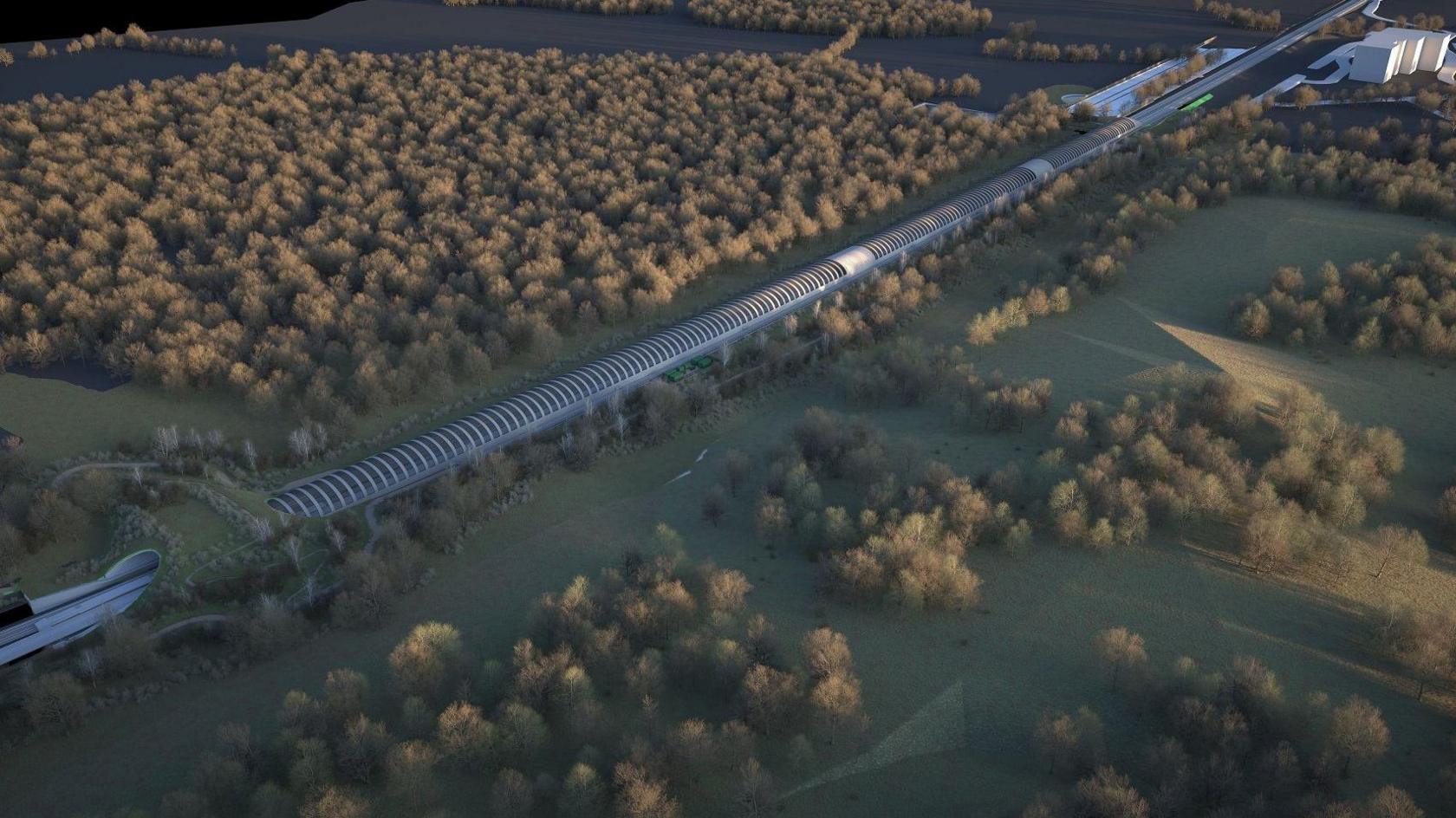
The bat protection structure will run for 1km over the railway line, costing £100m
'Tip of the iceberg'
The transport secretary Louise Haigh said the £100m bat shield was a "shocking example" of the "complete lack of efficiency" around the rail project, which could cost £66bn in total.
"Since becoming transport secretary, I have seen up close the scale of failure in HS2's project delivery and this is just the tip of the iceberg," she said.
As well as legal and planning costs and delays, the spiralling price has been blamed on inflation – especially a rise in the cost of materials such as concrete and steel - and poor forecasting.
Ms Haigh said that while she recognised the "importance of meeting legal obligations", there had to be a "sensible balance" when it came to costs.
"I will be looking at what other systemic reforms we can put in place to ensure public money is put to good use and not wasted.
"Through this tighter control, we will remove barriers that lead to project delays and eye-watering additional costs to taxpayers," she said.
How does the UK compare?
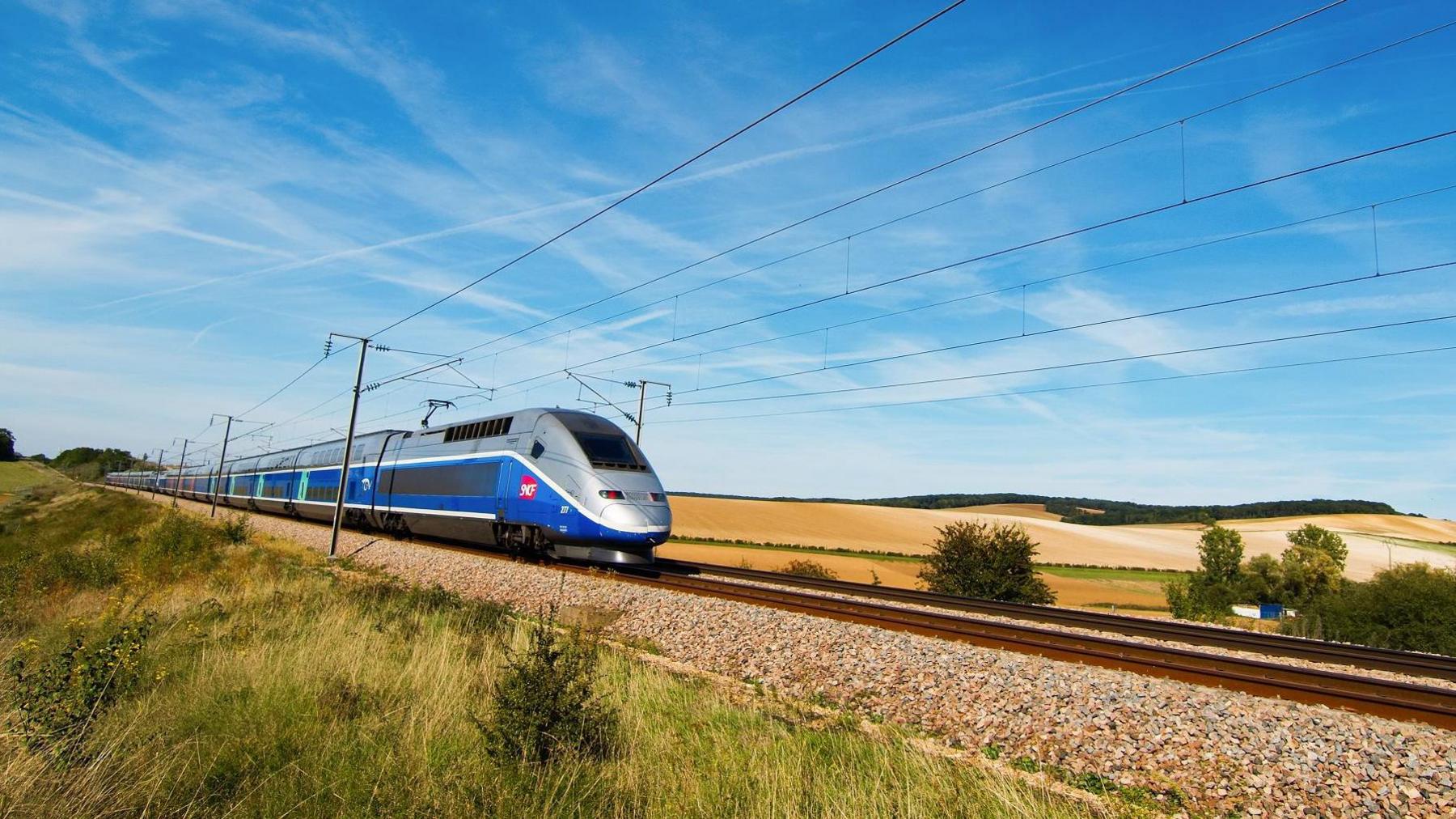
High speed trains in France tend to run through fewer tunnels and cuttings, according to HS2 Ltd
HS2 Ltd said one reason the project costs more in the UK than say France or Spain, which are renowned for high-speed rail, is due to the landscape.
"More than half of the HS2 route is either in tunnels (32 miles) or cuttings (44 miles) which are a lot more expensive than building on the surface. European railways are generally on the surface," said a spokesperson.
"We also tend to have more environmental mitigations, like the bat structures or green bridges," they added.
However Mr Pearson said although "the UK has had some very high-profile cases of high-cost projects recently, this isn’t unique to the UK".
"Such challenges are quite common around the world, and although specific regulations will reflect different priorities in different countries, complexity is pretty normal now," he explained.
For example, it has been reported, external that EU legislation to protect the rare Siberian flying squirrel has also slowed down major infrastructure projects in places like Finland.
Get in touch
Do you have a story suggestion for Beds, Herts & Bucks?
Follow Beds, Herts and Bucks news on BBC Sounds, Facebook, external, Instagram, external and X, external.
Related stories
- Published7 November 2024

- Published7 March 2024
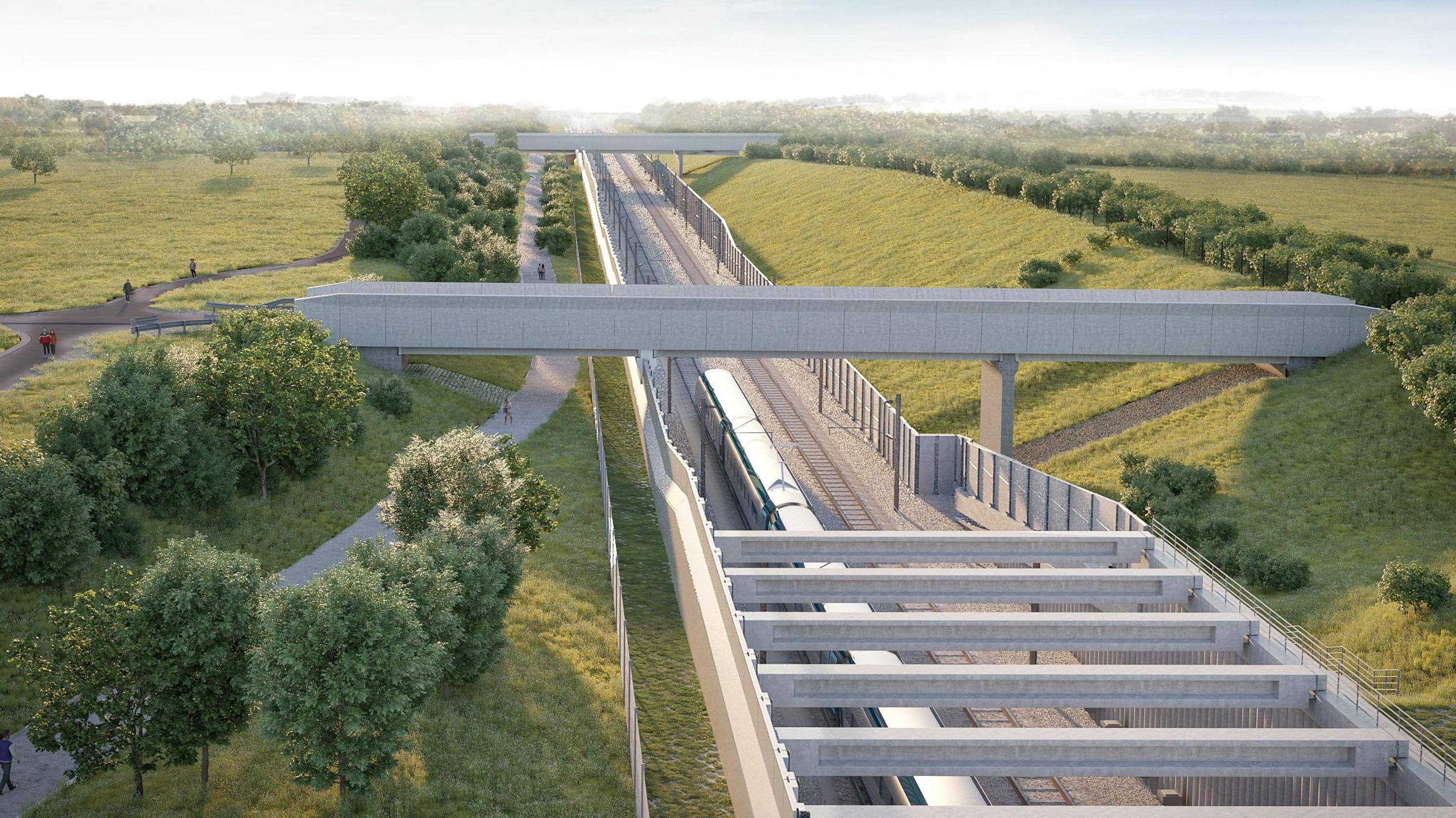
- Published16 September 2024
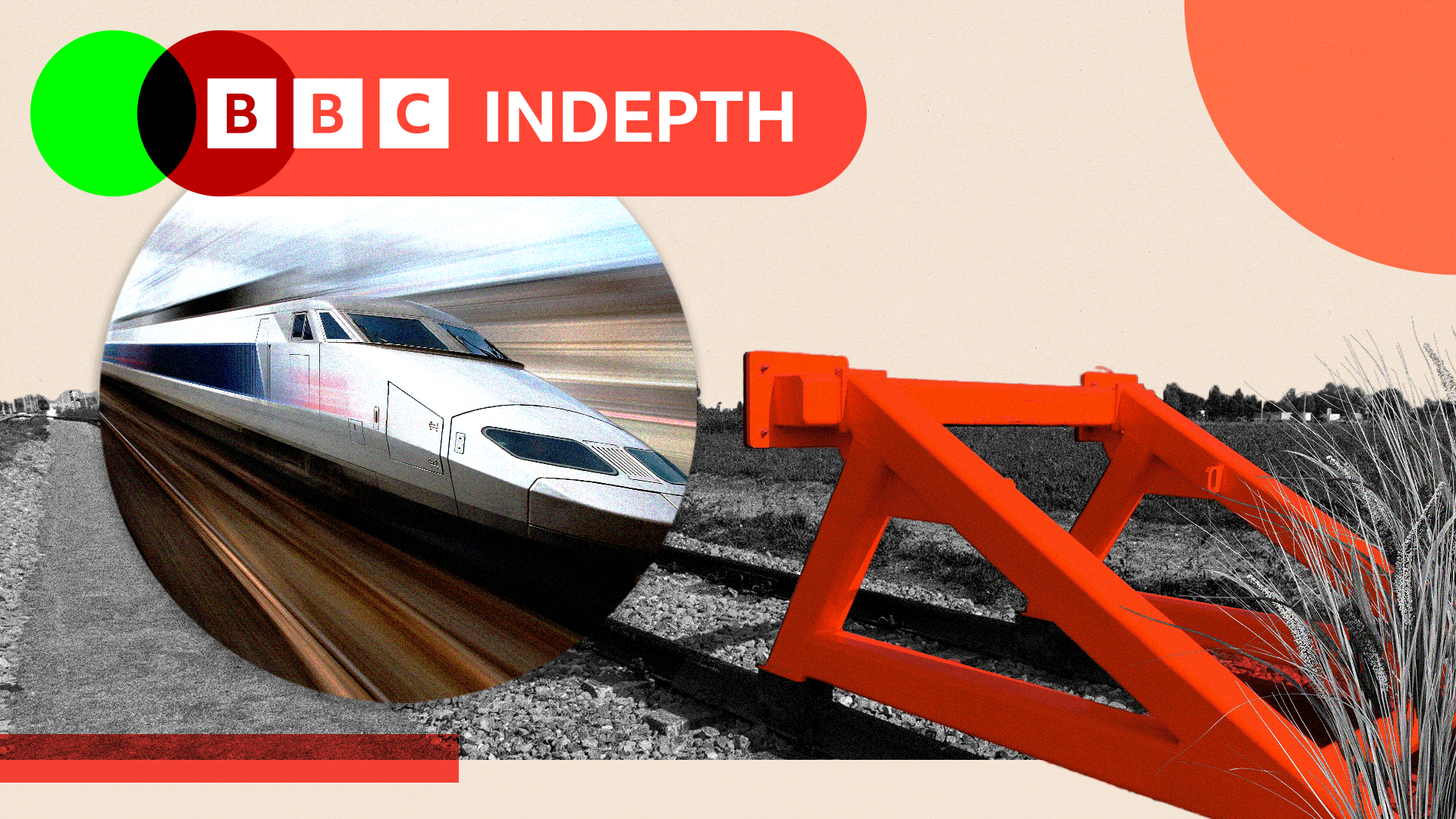
- Published22 March 2024
